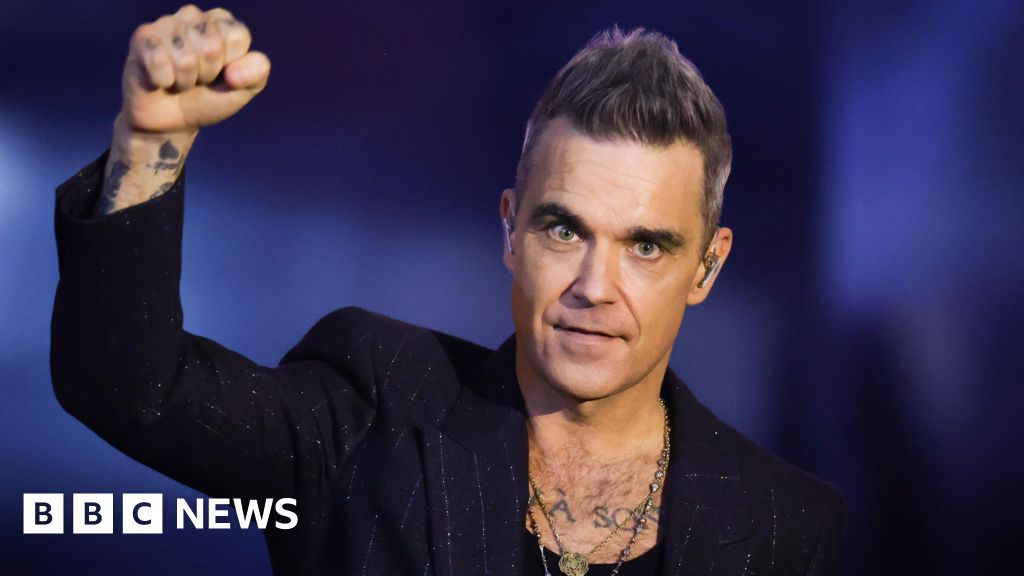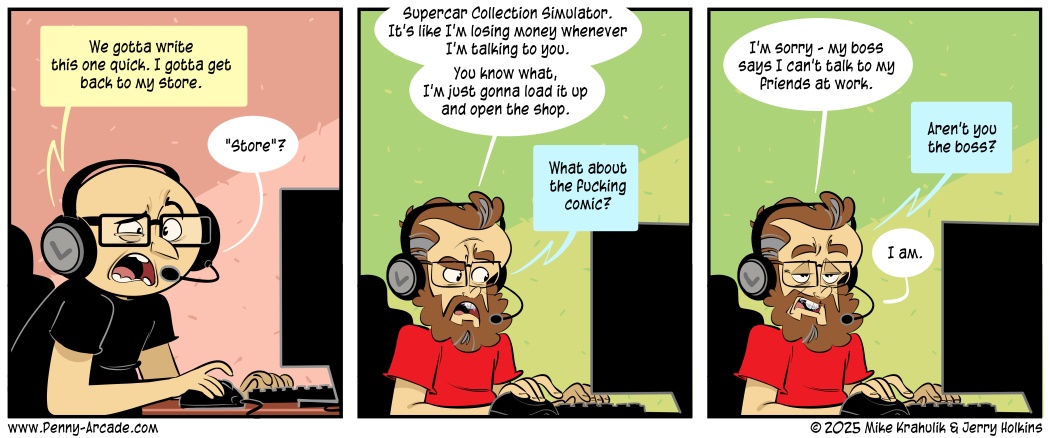The Captive Crisis: Inside the Amsterdam Apple Store Hostage Situation

On February 22, 2022, a dramatic hostage situation unfolded in the heart of Amsterdam when a 27-year-old armed man stormed the Apple Store located in Leidseplein, taking a customer hostage at gunpoint for nearly five harrowing hours. The assailant, who demanded a staggering 200 million in cryptocurrency along with an escape route from the building, created a scene that would leave an indelible mark on the city and beyond. Bobby Boermans, the director of Netflixs upcoming thriller iHostage, who resides near the store, vividly recalls that surreal night. He remarked, Fortunately, hostage situations like this are scarce in the Netherlands. Thats what made this incident bizarrean armed man demanding 200 million in cryptocurrency chose to take a hostage in broad daylight on one of the busiest squares in Amsterdam, as he recounted in an interview with TIME.
Boermans had recently completed filming for another Netflix series, The Golden Hour, which revolves around a fictional terror attack in Amsterdam. He was alerted to the unfolding crisis by a neighbor's message and quickly arrived at the scene, where the eerie silence that followed the initial chaos struck him. Only the bullet holes in the glass remained. That weird juxtaposition stayed with me. The surreal calm after the storm made me wonder: what transpired during those five terrifying hours? Its nothing short of a miracle that all the hostages survived, he reflected. The setting, a globally recognized brand like Apple, known for its serene and minimalist design, turned into a site of horror, both inside and out. These haunting questions inspired Boermans to create iHostage, which is set to premiere on April 18 and draws directly from the real events of that fateful winter day three years ago.
As the hostage crisis unfolded, the gunman, dressed in camouflage gear, entered the store around 5:30 p.m. local time. He swiftly took a 44-year-old Bulgarian man hostage, while other customers and employees scrambled to hide from the armed threat. People on the upper floors of the building, where the Apple Store occupies the ground level, also became trapped within their confines. Law enforcement responded promptly, arriving within ten minutes of the initial distress call, but they were met with gunfirereports indicated at least four shots were fired. Authorities suspected that the suspect was carrying explosives, prompting them to lock down the area immediately. In a rapid response, special forces and ambulances flooded the scene, while surrounding businesses ordered their staff and customers to seek shelter.
Over the next few hours, police were able to evacuate approximately 70 individuals from the building, including those still hiding in the store. In the film adaptation iHostage, Boermans closely followed the timeline of that nights events, although he did take some creative liberties for dramatic effect. While working on the script, we consciously focused solely on the night of the hostage situation. Of course, you have to condense time in any film, but most of the story beats you see on screen are based on things that actually happened. We changed the dialogue and gave all characters fictional names to protect their identities, he explained. Despite the multitude of individuals involved in the standoff, the film centers on five primary characters, each from distinct backgrounds, providing various perspectives on the traumatic event.
Initially, during the standoff, the gunman contacted law enforcement and made his demands clear: 200 million in cryptocurrency, which was equivalent to over $226 million at the time, along with safe passage out of the store. His motives remained largely enigmatic throughout the ordeal. Intriguingly, he even sent selfies and other photos to local media during the incident, which quickly disseminated across social media and news platforms, intensifying public interest and concern surrounding the unfolding crisis.
The standoff, which lasted for a tense five hours, reached a critical juncture around 10:30 p.m. when the gunman requested water. In a bid to de-escalate the situation, police utilized a robot to deliver a bottle. As the hostage moved toward the entrance to retrieve the drink, he seized the moment to escape, prompting the gunman to pursue him. A special police unit vehicle quickly intervened, accelerating to strike the suspect, who subsequently fell unconscious. Videos of the dramatic conclusion circulated widely on social media, captivating the nation.
Later that night, authorities confirmed that the man survived initially and was transported to a hospital; however, he tragically succumbed to his injuries the following day. It was later revealed that he had not been carrying explosives during the standoff, raising scrutiny regarding the police's handling of the situation. The unconventional manner in which police concluded the crisisby using a vehicle to incapacitate the suspectignited a heated public debate across the Netherlands. Boermans noted, The hostage incident sparked intense public discussion, primarily due to the unique method employed by law enforcement to end the standoff. The video of the final moments went viral almost immediately, leading the entire country to engage in dialogue. Some applauded the rapid response; others felt conflicted about the approach taken. Ultimately, authorities investigated the officer involved in the incident but opted not to pursue charges against him, stating that he acted within appropriate bounds during a critical moment.
As details surrounding the perpetrator emerged, it was revealed that he was no stranger to law enforcement. The assailant had a history of criminal activity and was identified as Abdel Rahman Akkad, an Amsterdam resident known to social services. Akkad had previously faced the justice system for various offenses, including weapons possession. He had also been sentenced to community service and faced a restraining order for harassing an ex-girlfriend, indicating a troubled past.
Reflecting on the broader implications of this tragedy, Boermans expressed his hope that the film would catalyze vital discussions surrounding the rising number of individuals experiencing mental health challenges who often find themselves on the streets. Many well-meaning citizens are falling through the cracks, often due to financial struggles or mental health issues, and are overlooked by public health services. These are individuals who might have received assistance before resorting to such tragic actions. Its heartbreaking, and I hope our governments will dedicate more resources to improving public health systems, he asserted.
In preparation for the film, Boermans engaged with Apple Store employees, customers, police negotiators, and others involved in coordinating the response to the crisis. His aspiration is for iHostage to highlight the resilience of the human spirit that emerges during times of crisis. And our capacity to support each other, even in the most challenging times. At the same time, I aim for the film to be a thrilling experience that captivates audiences while also resonating on an emotional level. I want viewers to feel both the intensity of the situation and the underlying humanity. Ultimately, its up to the audience to interpret the depicted violence and decide who they root for, Boermans concluded.
























